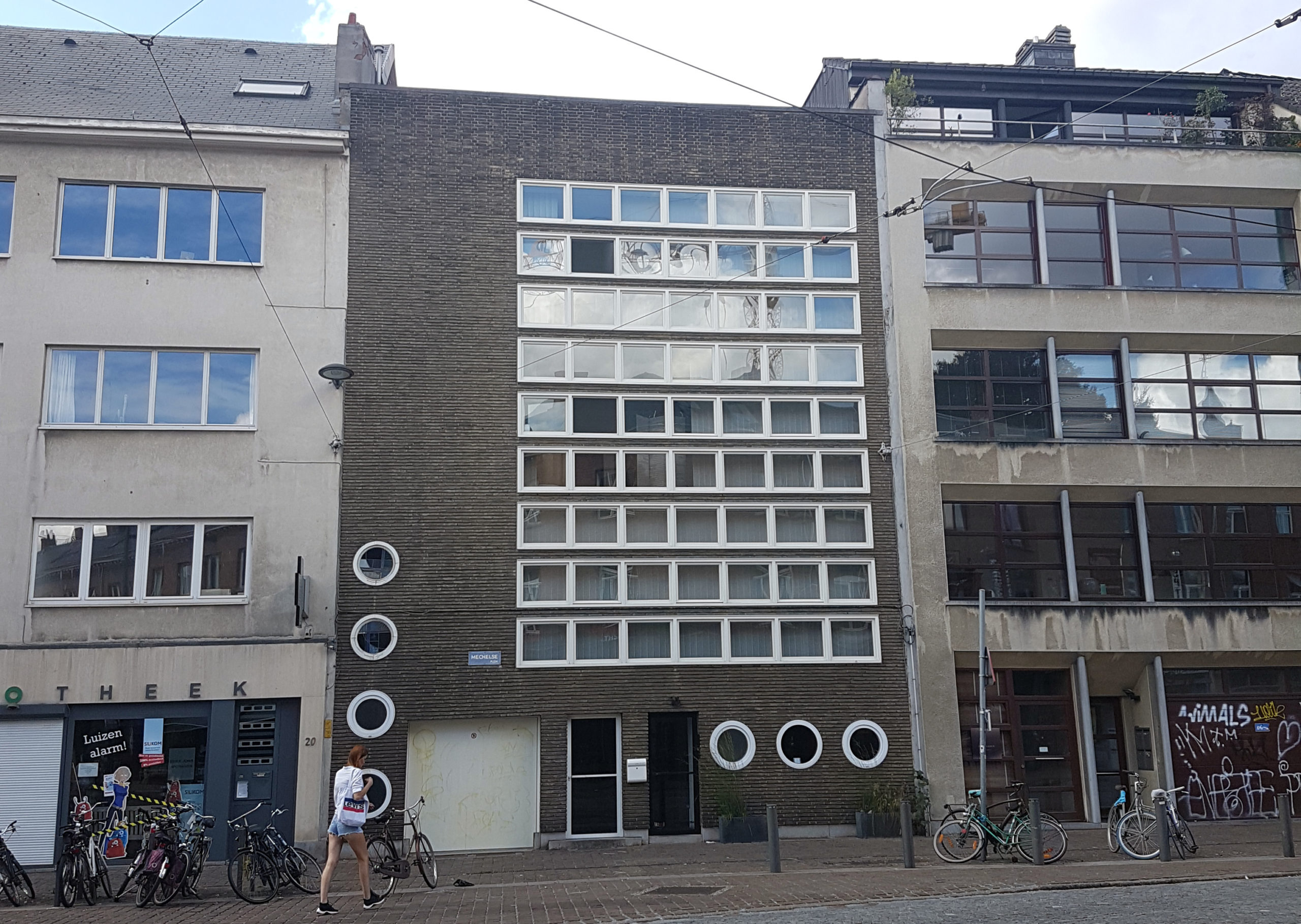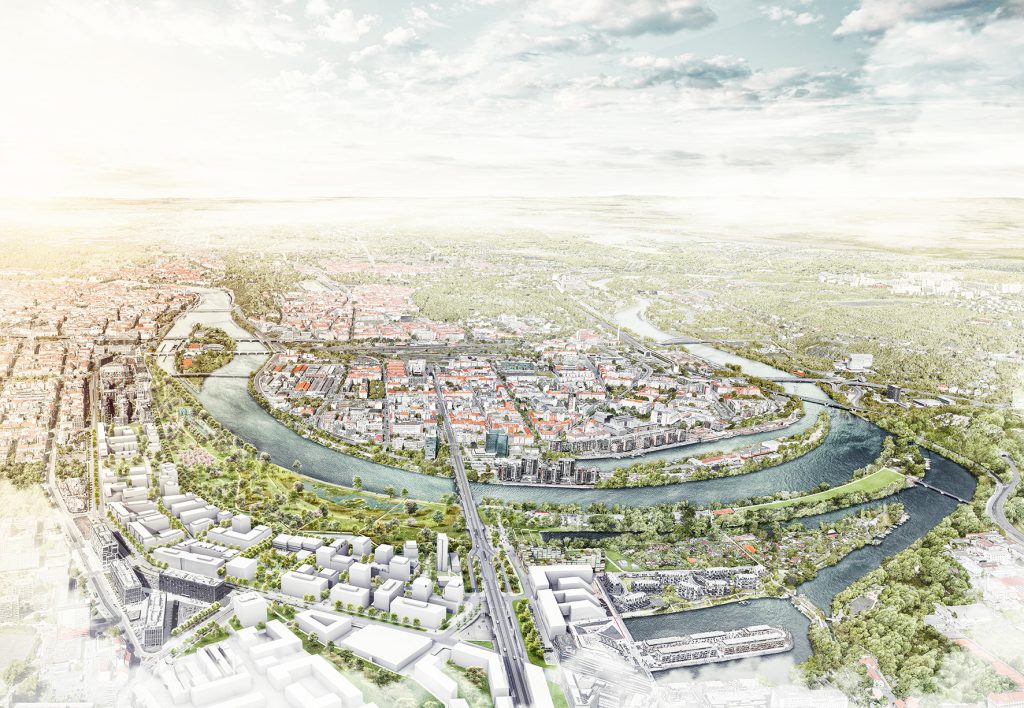Weird Belgian Architecture

Thanks to a popular Tumblr blog, Belgian architecture has developed a reputation for ugliness, but a survey of Antwerp’s buildings suggests “weird” might be a better description.
Billboard
Skyscrapper
Halfpage
Belgian Architecture has developed a bit of a reputation for ugly architecture in recent years. Much of it comes thanks to the Tumblr blog-turned-coffee table book Ugly Belgian Houses. Detailing the wild variety of housing that author Hannes Coudenys has found in his travels across Belgium, Ugly Belgian Houses is more than anything a celebration of idiosyncrasy.
Indeed, “peculiar”, “eclectic” or “weird” are perhaps better words to describe the kinds of houses that Coudenys documents. Describing them that way also means you can rope in the altogether more impressive buildings you find in a city like Antwerp, and thereby potentially arrive at a unified Belgian architecture style.
Weird Antwerpen-Centraal – Belgian architecture
Visiting Antwerp by train or bus brings you in immediate contact with surely one of the most peculiar buildings in Europe, Antwerpen-Centraal. With its vaulting ceiling and eclectic mix of different styles, Antwerp’s central railway station is one of the most celebrated examples of railway architecture in the world. But this tells us nothing about how weird the station is.
In W. G. Sebald’s book Austerlitz, the book’s author meets the eponymous character Austerlitz for the first time in the station. Used as a way to illustrate the latter’s vast architectural knowledge, the ensuing description of Antwerpen-Centraal explains how the station’s architect, Louis Delacenserie, borrowed the main elements of his monumental structure from the palaces of the Italian Renaissance, while also introducing Byzantine and Moorish elements, as well as a medieval Gothic-style for the round gray and white granite turrets and a Baroque-style staircase.
Ancient meets Modern
King Leopold III, who commissioned the project, wanted it to resemble Lucerne Station in Switzerland. And so, like Lucerne, Antwerpen-Centraal had a dome, although Delacenserie modelled Antwerpen-Centraal’s dome on the ancient Roman Pantheon. But then in contrast to the ancient was the decidedly modern steel and glass structure covering the station platforms. Likewise, the stone escutcheons on the raised level overlooking the main hall feature symbols that represent an emphatic celebration of modernity: mining, industry, transport, trade and capital.
In a way, this eclecticism sets the tone for the rest of the city. Almost every street you walk down brings you into contact with a contrast of different architectural styles from different historical periods. Quite often you’ll find a house from the Dutch Golden Age sandwiched between a couple of more austere 19th century townhouses and perhaps a modernist housing block immediately opposite.
Belgian architecture – Liberal Regulations
The sizes of buildings also vary wildly from one plot to the next. On the same street you’ll get a nine-storey tower block, a row of four four-storey houses, a couple of completely different ten-storey tower blocks and then back to the smaller houses, with the alternations repeating irregularly all the way down the street.
A lot of this has to do with Belgian building regulations, which are considerably more liberal than nearby countries (especially the France, Netherlands and Germany). Which brings us back to the peculiarity of the houses shown in Ugly Belgian Houses, since these liberal regulations are also why there is so much material for Coudenys.
Just as people are relatively free to build their crazy dream home in other parts of Belgium, so too in Antwerp, a more affluent city, people have been relatively free to break with the existing styles surrounding an empty plot and instead build in whatever style is currently in vogue. The result is a city that’s a veritable library of architectural history.
You are not just interested in Belgian architecture? Here we go!


















